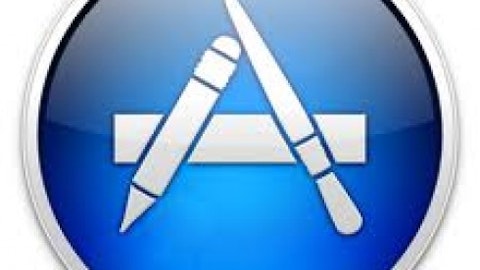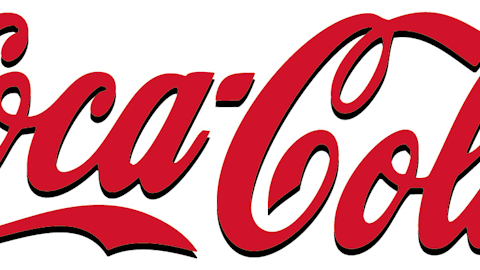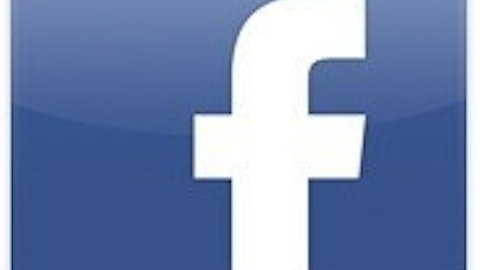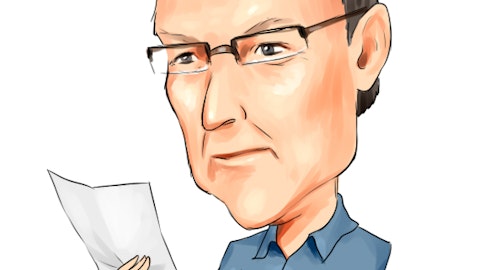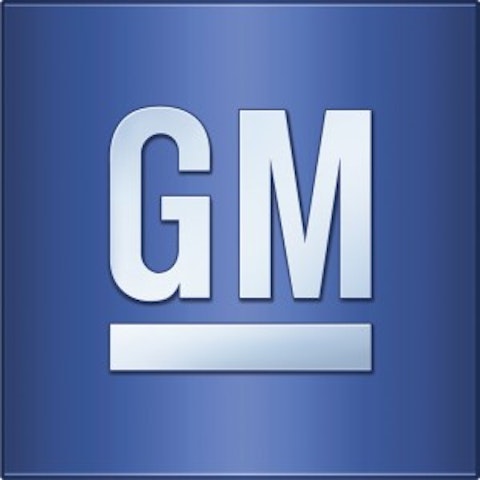
The fall from a market peak into a crash is inevitably volatile, but the rebound out of a bear market can be every bit as wild. The first great crash of the Great Depression ended on July 8, 1932, but on its way back up, the Dow Jones Industrial Average (INDEXDJX:.DJI) endured some incredible day-to-day changes. The index’s 9.5% gain of Aug. 3, 1932, still stands as its largest single-digit percentage pop in history, behind only seven other days spread out over more than a century.
It was the most energetic rise of the month-old bull market, but the Dow Jones Industrial Average 2 Minute (INDEXDJX:.DJI) would exceed Aug. 3’s gains on two occasions during the subsequent year. The sudden surge blindsided many short-sellers, and newspaper reports of the day credit short covering as one of the day’s major motivating factors. Many reports also credit General Motors Company (NYSE:GM) with spurring gains, as the leading automaker announced its intent to pay a regular $0.25-per-share dividend. The New York Times reported:
Although the announcement was not made until after the close of the stock market, information was current in Wall Street soon after midday to the effect that the regular [dividend] rate would be ordered. This, together with the report that the Farm Board had disposed of all its wheat holdings, was believed responsible for the strength in the late trading on the exchange, when stock prices moved into new high ground for the recovery.
General Motors Company (NYSE:GM)’s first-half earnings were reported to be only $0.24 per share, but the company’s $215 million cash-equivalent holdings allowed it to go forward with a dividend payment nonetheless. General Motors Company (NYSE:GM) had already halved its dividend payments from the first quarter to the second, and its distributions were already far below the $0.75-per-share quarterly payout last made at the close of 1931. However, despite the apparently advance warning available to market-watchers, only 47,000 shares of General Motors Company (NYSE:GM) were traded — but this was enough to spike its share price by 14%. At the end of the day, General Motors Company (NYSE:GM)’s yield was just 2.1%. In 1932’s turmoil, this was barely worth notice — the marketwide dividend yield was well into double-digit territory at that point, according to economics professor and market historian Robert Shiller.
Nothin’ but net
The National Basketball Association was formed on Aug. 3, 1949, by the merger of the Basketball Association of America, or BAA, and the National Basketball League, or NBL.
The older NBL had largely focused on the Midwest. Despite its corporate ties — both General Electric Company (NYSE:GE) and Goodyear Tire and Rubber owned NBL teams — this established league was really more of a small-time operation by modern athletic standards. The BAA, on the other hand, went big quickly by taking advantage of empty hockey arenas in major cities. The two leagues differed markedly in style and intent, but the larger ambitions of the BAA’s leadership soon led it to primacy over the more regional NBL. As a result, the modern NBA considers the BAA its predecessor and refers back to that league’s records and history as part of its own. When formed, the NBA had 17 teams scattered across the country, some with megamarket power, and some that might barely be considered farm teams today.
The NBA successfully fended off (and then merged with) the rival ABA in the 1970s, and the league is now the only game in town for professional men’s basketball in the United States. The NBA now fields 30 teams, with an average value of $509 million as of the start of 2013. At an aggregate value of $15.3 billion, the entire NBA is worth about as much as five quarters of onetime NBL owner General Electric Company (NYSE:GE)’s net income.
The leader of the first generation
Tandy, the former corporate parent of RadioShack Corporation (NYSE:RSH), announced its intention to enter the infant PC industry on Aug, 3, 1977, when it unveiled the TRS-80 at a press conference in New York City. Slated to ship the following month, the TRS-80 was entering a market with little competition. In fact, it had only two serious contenders: the Apple Inc. (NASDAQ:AAPL) II, and the Commodore PET 2001. These three machines are now known as the “1977 Trinity” because oof their importance in kick-starting the PC age at its inception, but it was the TRS-80, not the Apple Inc. (NASDAQ:AAPL) II, that had the greatest impact on computing in the 1970s.
RadioShack Corporation (NYSE:RSH) began development on the TRS-80 in 1976, when it became apparent that the company would need to diversify away from faltering moneymakers. Executives (after some prodding) agreed that cost and accessibility would be key to the computer’s popularity. The TRS-80 had to work out of the box, since few people had the electronics skills necessary to solder a kit computer together. Since it’s generally easier to persuade people to buy a new-fangled machine that costs $600 than it is to persuade them to buy one that costs $2,600, the company eventually settled on a price of $599.95, which included a 12-inch black-and-white monitor. Even so, RadioShack Corporation (NYSE:RSH) expected only a few thousand sales.
RadioShack Corporation (NYSE:RSH)’s retail footprint, which far exceeded those of its competitors, gave the company a huge leg up in both market penetration and consumer interest. After the press conference, thousands of people called Tandy’s corporate headquarters to ask about buying a TRS-80, and sacks of mail flowed in with similar inquiries. The TRS-80 sold more than 10,000 units in its first month and a half on the market, far exceeding the 3,500 it had built before the conference in anticipation of a flop. By the end of 1977, more than 100,000 had been sold.
The TRS-80 remained the most popular PC model until 1981, when it was finally outsold by the Atari 400 (which was really a glorified game console). In its lifetime, the TRS-80 sold more than 1.5 million units, a total it reached by 1983. At this point, Apple Inc. (NASDAQ:AAPL) had sold barely a million Apple Inc. (NASDAQ:AAPL) IIs — its greatest success with that platform didn’t occur until after the release of the Macintosh in 1984.
The article The Forgotten Winner of the First PC Age originally appeared on Fool.com and is written by Alex Planes.
Fool contributor Alex Planes holds no financial position in any company mentioned here. Add him on Google+ or follow him on Twitter, @TMFBiggles, for more insight into markets, history, and technology.The Motley Fool recommends Apple and General Motors and owns shares of Apple, General Electric, and RadioShack (NYSE:RSH).
Copyright © 1995 – 2013 The Motley Fool, LLC. All rights reserved. The Motley Fool has a disclosure policy.
